5 Tips for Great Indoor Portrait Photography
As social distancing and working from home become the norm, many of us are finding ourselves spending far more time than usual indoors. While this is currently an essential health precaution, it does pose a challenge for enthusiastic travel photographers or fans of outdoor photography. After all, getting the perfect shot is much more difficult when your shooting location is limited by the four walls of your house.
In spite of this, being indoors is no reason to abandon your everyday photography practice. In fact, there are plenty of ways to take indoor photos - all you need is a bit of creativity, the right equipment, and some careful set up. If you’re living with family members or housemates, now might even be the perfect time to recruit them to help you hone your portrait photography skills. To help you do just that, we’ve rounded up our 5 essential tips for great indoor portrait photography.
1. Think about your background
Since portrait photography typically focuses on a single subject, any distractions or items that look out of place in the background will be immediately noticeable. Before you start shooting, tidy up any clutter and remove anything you don’t want to be captured in your frame, like piles of books, children’s toys, or laundry.
For professional-looking portraits, consider going one step further and investing in a neutral backdrop on a stand or roll. Alternatively, a white wall or plain, light-coloured bed sheet or blanket will also do the trick!
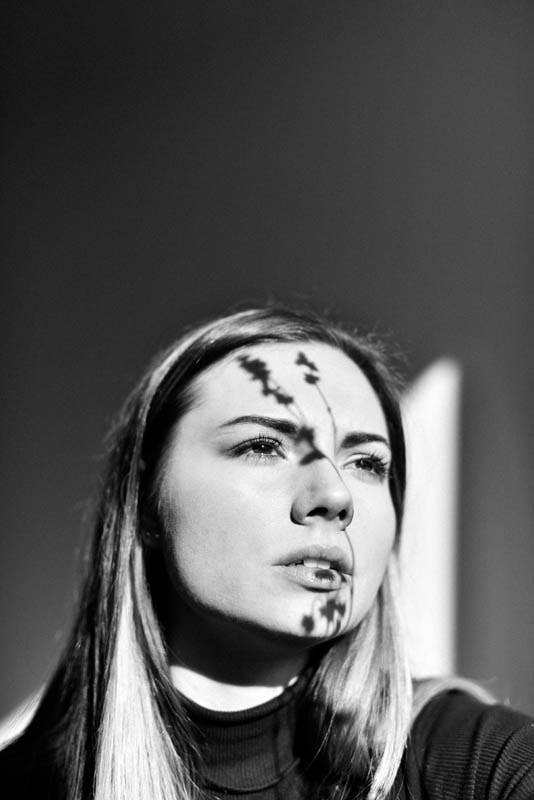

2. Pick your lighting strategically
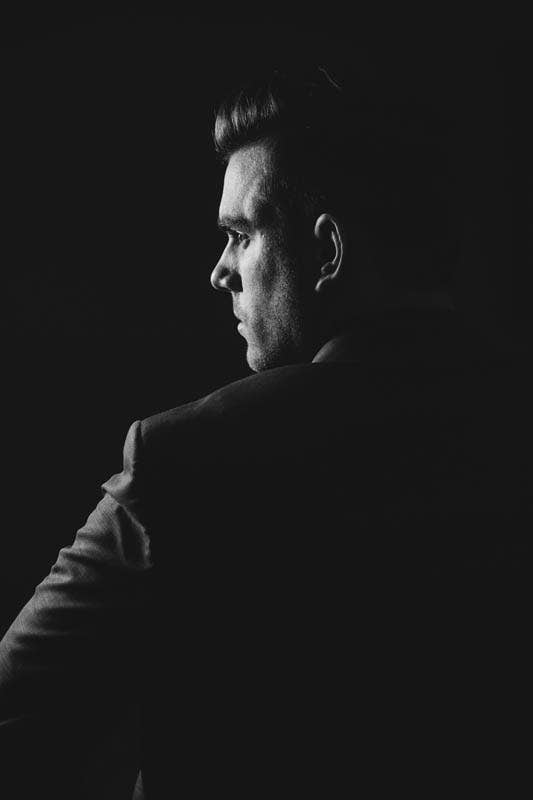

Indoor locations can make natural light photography challenging, but it’s not impossible. Scout for locations around your house, taking note of which spots get the best natural light and at what time. As you would with any other portrait or landscape photography shoot, be sure to snap your shots at these times.
If the light is too low, or if you simply can’t find any decent light in your house, artificial lighting is your next best bet. From portable LED lighting kits to hot-shoe mounted flashguns, there are plenty of options to experiment with. For a tried-and-true option, consider using a flashgun with bounce flash: This will give you beautiful, diffused results that look almost like natural light.
Top Tip: A simple reflector can go a long way in helping you take advantage of available light, fill deep shadows, and illuminate faces.
3. Use the right camera lens
When choosing a camera lens for your indoor portrait shoot, look for one that’s well suited for general mid-range and portrait photography. A standard zoom lens isn’t going to cut it: Prime lenses tend to be the best lenses for portrait photography. In addition to consistently providing sharp, detailed images, prime lenses have much faster maximum apertures, allowing you to produce stunning bokeh and let in plenty of natural light.
Depending on the size and layout of the space you’re shooting in, you may also want to consider your lens focal length. In general, focal lengths of around 85mm or longer are a common choice for portraiture as they flatter facial features and allow you to shoot at a greater distance from your subject. However, if you’re shooting in a smaller, confined space that focal length might be too long - in which case, consider a 50mm lens instead.
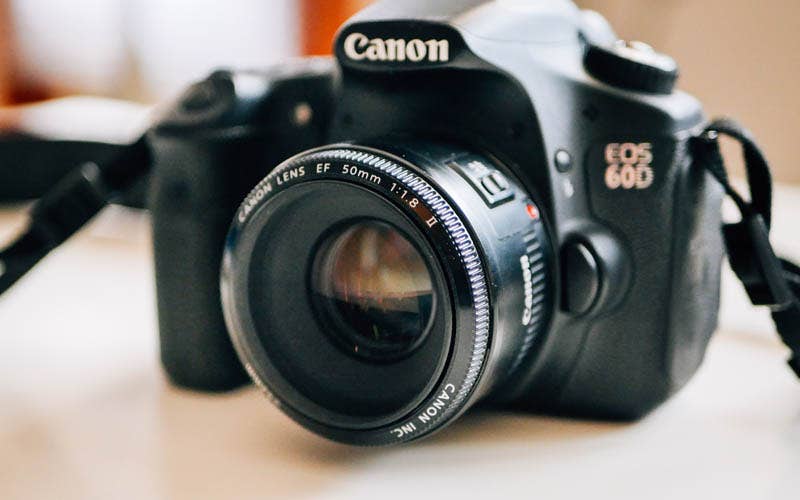

Our favourite indoor portrait photography lenses
4. Be creative with your photo composition
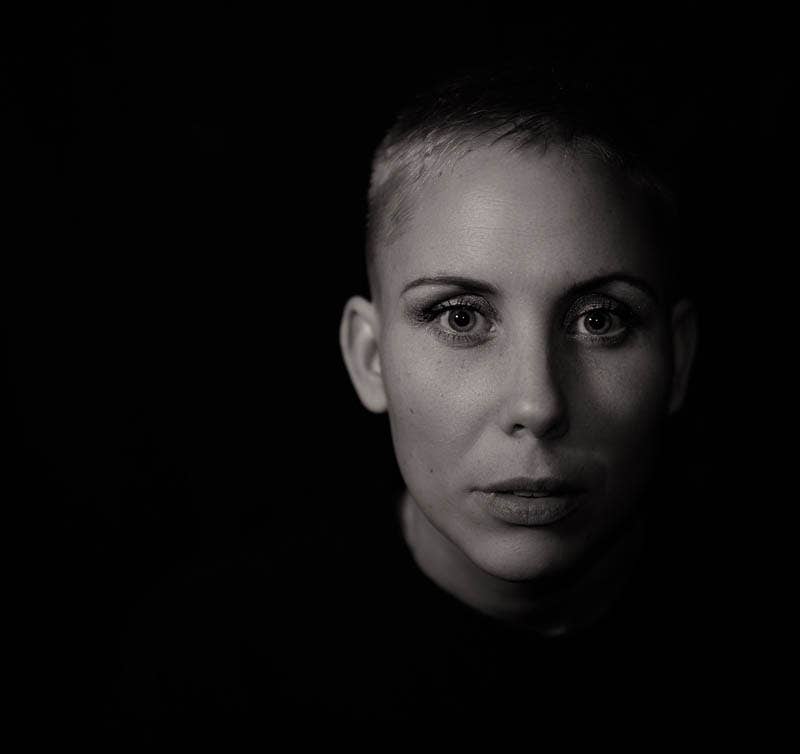

As any photographer knows, composition can make or break an image. For many beginners, it’s all too easy to spend your time getting the latest gear and mastering your camera settings, only to overlook photo composition rules at the last minute.
To master great photo composition, we recommend looking at your favourite portraits by other photographers and noting how they position their models in the frame. Are they positioned right in the centre, or more to one side of the image? Decide what composition you like best and recreate it in your work - after all, imitation is the greatest form of flattery!
While you’re at it, read up on common photo composition techniques like leading lines and the rule of thirds. Then, get some hands-on experience and experiment with different angles. Get up on a step ladder if it’s safe to do so, or get down low to the ground and try framing your pictures from this angle. The second option is particularly great if you’re photographing kids or pets.
5. Choose the right camera settings
Indoor camera settings are slightly different from the ones you’d use for general everyday photography, so be sure to tweak them before you start shooting. There are four main settings you’ll want to adjust: aperture speed, shutter speed, ISO, and white balance.
As mentioned earlier, a faster aperture can be used to artfully blur backgrounds and let in plenty of light. Similarly, a fast shutter speed of at least 1/125 of a second will reduce any blur caused by camera shake or movement in the image. You’ll also need to tweak the ISO, which controls the sensitivity of your camera’s sensor to light, to suit your shoot lighting conditions. Together, these three settings make up the Exposure Triangle. Changing one setting in the Exposure Triangle affects the others, so you’ll need to experiment beforehand to find a balance that works.
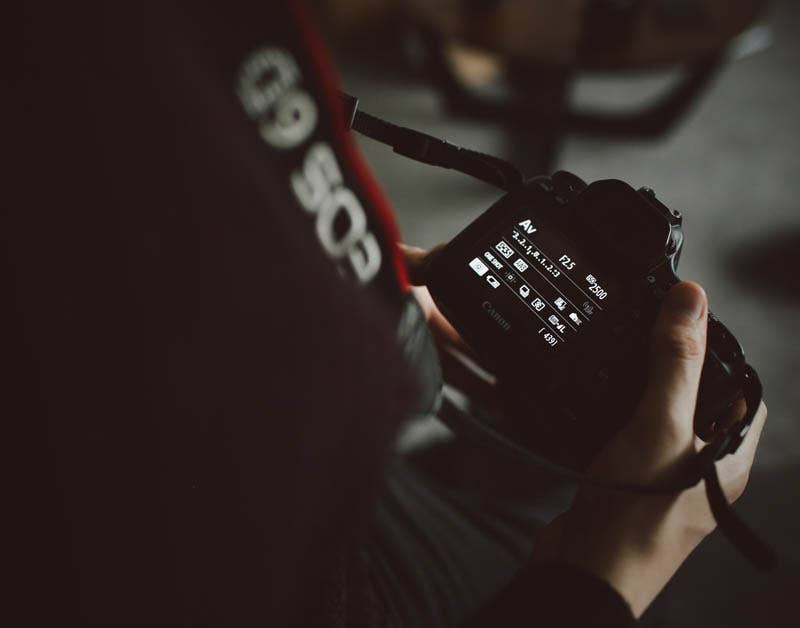

In order to capture warm skin tones and accurate colours, you’ll also need to understand how white balance works. Your camera’s “Auto” setting does a great job in most circumstances, but you can use another preset mode - or even attempt to set the white balance manually - for more control.
Top Tip: When shooting indoors, you might not always be able to use very quick shutter speeds. To ensure your shots are steady, you may want to use a tripod or monopod.
Add indoor photography to your list of photography skills
Spending a lot of time indoors while social distancing can be a challenge, but it’s also an opportunity to flex your creative and photography skills. Using this time to develop your indoor portrait photography can be an enjoyable and rewarding activity that will leave you with beautiful images to cherish for years to come.
Looking for more photography inspiration to help you pass the time while social distancing? Find photography advice, tutorials and more on our blog today!
Next Post
Ted’s Top 5 Tips to Photographing Your Kids
Previous Post
Ted’s Top 5 Pet Photography Tips












